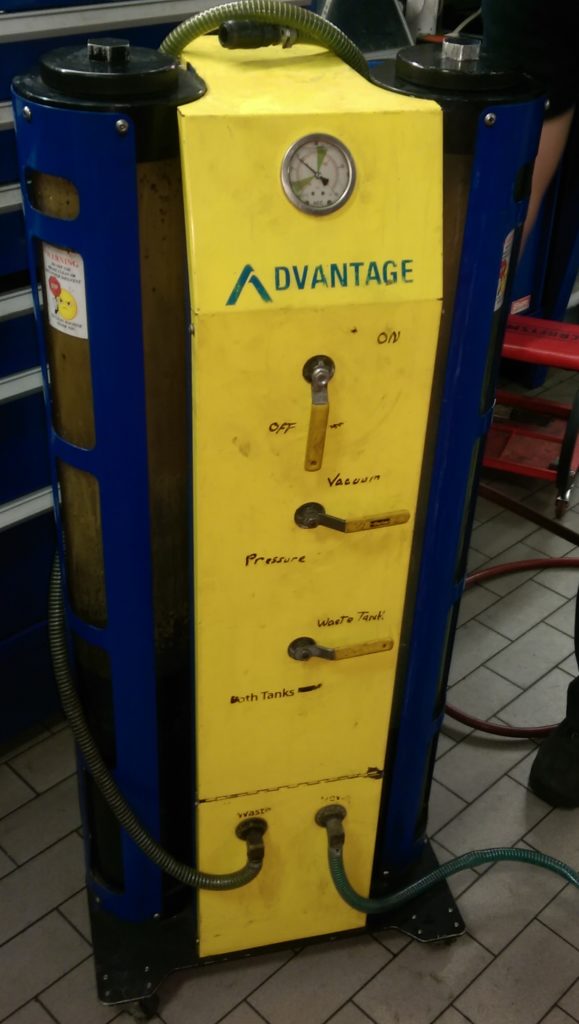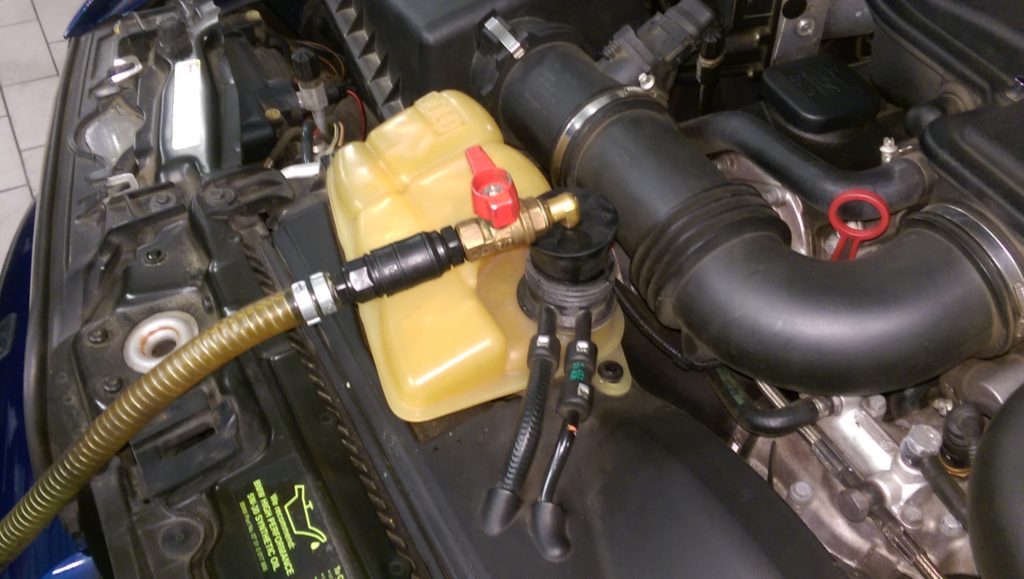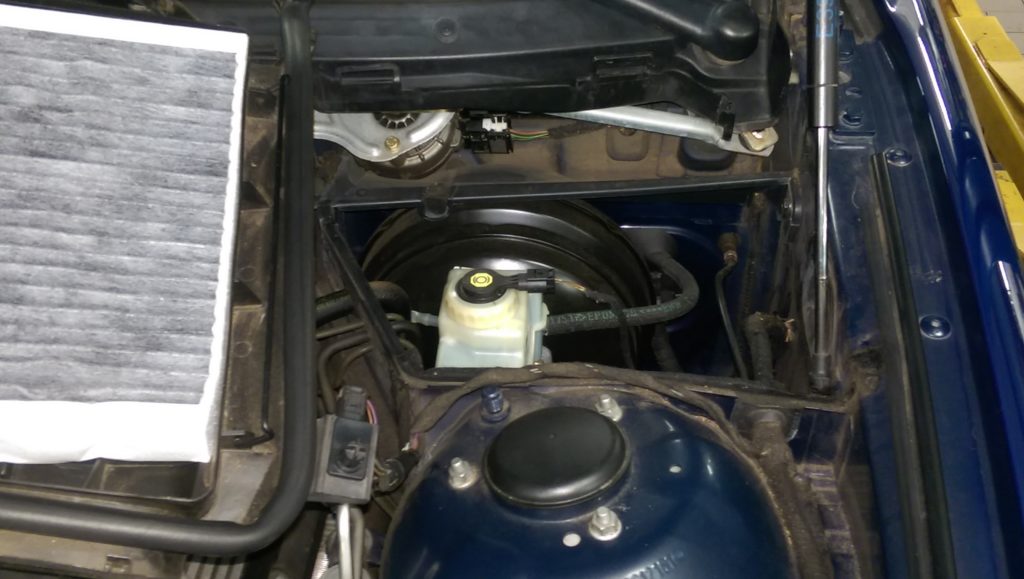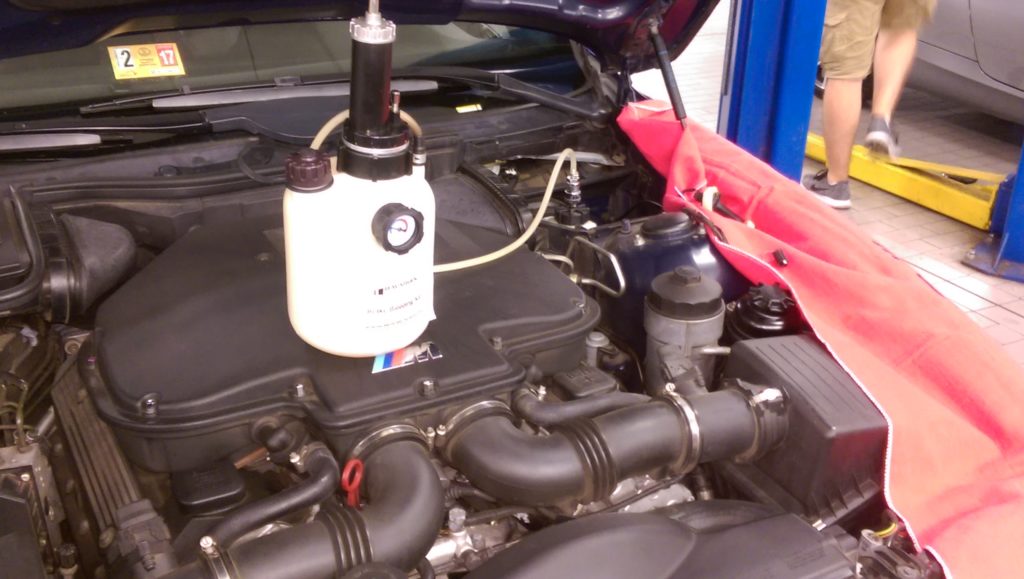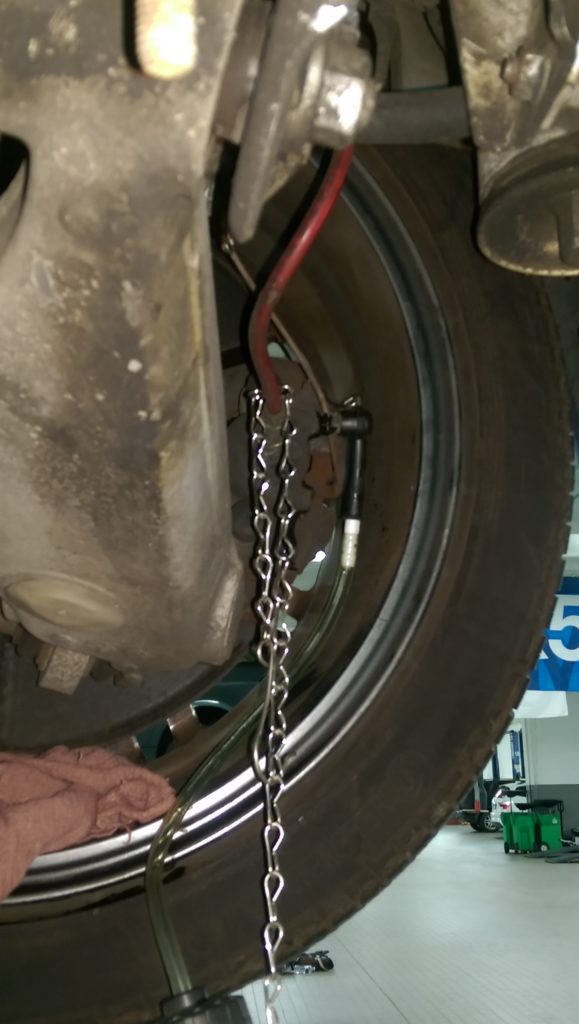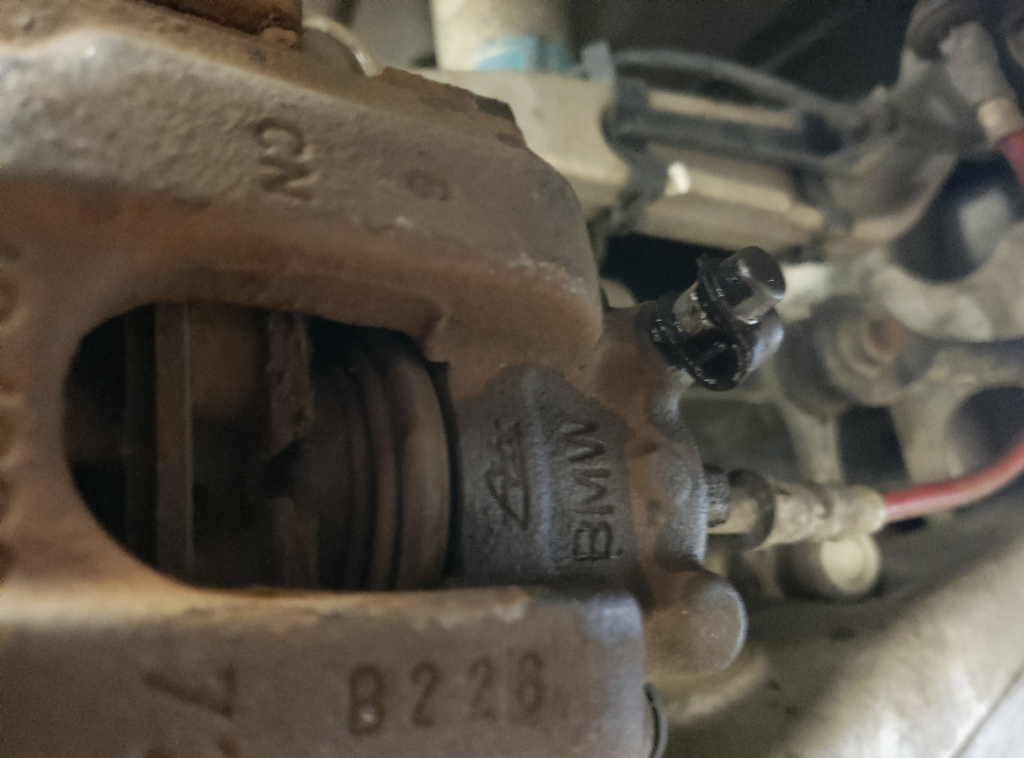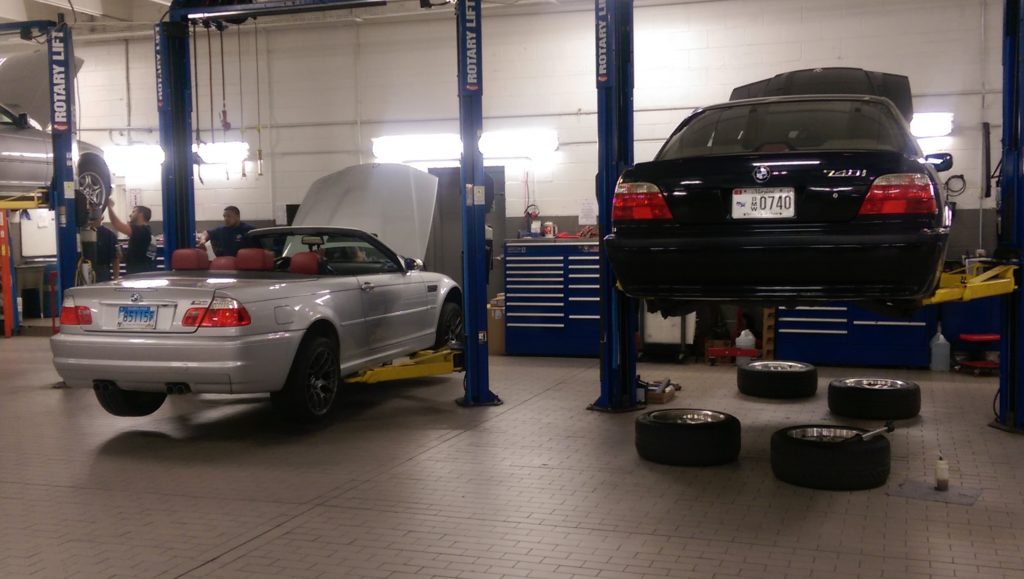As I wrote about in July, I’ve joined the National Capital Chapter (NCC) of the BMW Car Club of America. The reason I joined was the BMW DIY events they hold regularly. I was excited by the opportunity to tackle some maintenance procedures with experienced owners around me to offer advice and assistance.
This past weekend was my first event as a member. It was held at BMW of Annapolis, a fairly long drive from my home in Alexandria but I didn’t mind. The jobs were a coolant flush and a brake fluid flush on my 2002 BMW M5. These fluids should be changed every two-three years.
I had read up extensively and watched videos on both procedures, as every BMW DIY-er should. I also printed out the relevant pages from the E39 Bentley repair manual. One question going in was whether I needed to drain the coolant from the engine block plug as well as the radiator. Bentley said yes, but a number of fellow enthusiasts said it wasn’t worth it, draining the radiator gets enough of the coolant.
Turns out I needn’t of worried. When I asked Eric, one of the BMW tech working that morning the drain plug question he smiled and said, “don’t worry about it.” He then wheeled over the vacuum device the dealership uses for coolant changes and took care of my car in minutes. It sucks out the old coolant, and replaces with a fresh mixture of 50 percent water and 50 percent BMW coolant. And it’s pressurized, which removes the need to bleed air out of the system.
I’m not sure this can be called a BMW DIY, since I didn’t do much. But I really appreciated the help, and put the time savings to good use. There were only seven lifts available that morning, and each member was limited to 1.5 hours. I had never done a brake fluid change, and without the cooling shortcut I’m not sure I could have completed both jobs.
The brake fluid process is simple but takes a while. You use a hand pump tool attached to the brake fluid reservoir, which pushes new fluid into the system under pressure. The old fluid comes out via bleeder screws on each wheel, starting with the right rear and ending with the left front. You collect the old fluid in a catch bottle. I had to lower the car a couple of times and pump the pressure back up to 15-20 pounds.
Pictures below. Before my jobs began I got to assist fellow enthusiast Dwayne on a rear brake job on his E39 530, new rotors and pads. This will be very helpful soon, since both my M cars will need new brakes within the next couple of years.
It was a great BMW DIY experience, and everyone from BMW of Annapolis was friendly and helpful. I’m looking forward to bringing my M3 to another NCC event in late October.
UPDATE 8/10/19 – Wow how time flies. I did the same two jobs – cooling and brake fluid – again on the M5. And by coincidence the DIY was again at BMW of Annapolis. Added closeup picture of brake “nipple” drain can attaches to. Thanks to Bob and the guys for inviting the club in.
